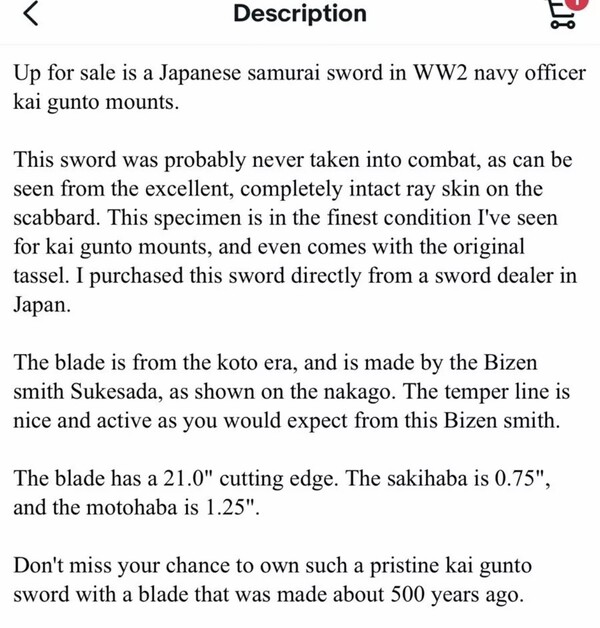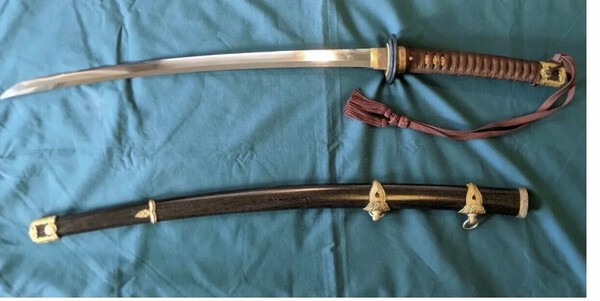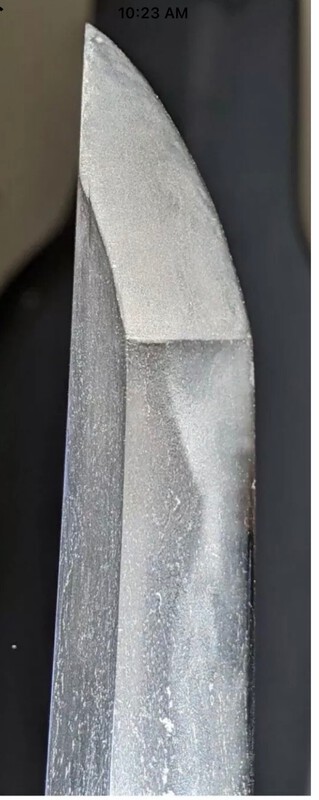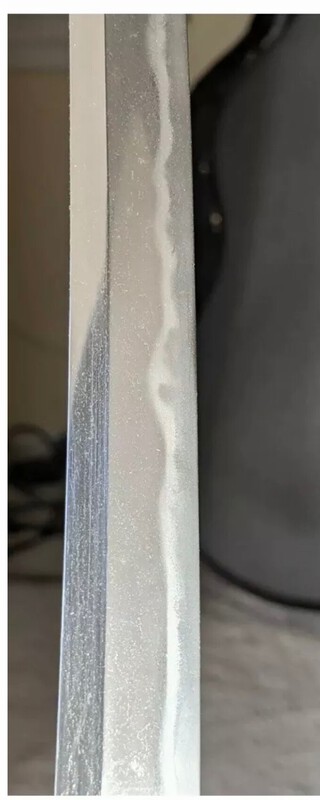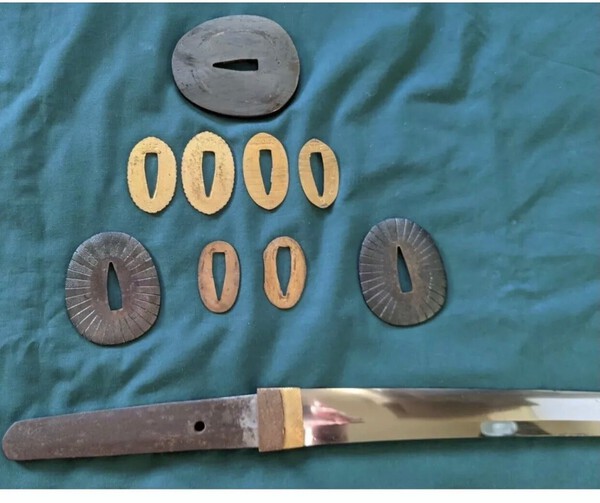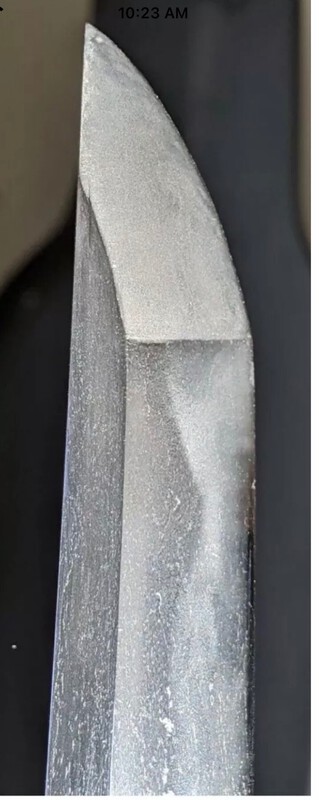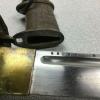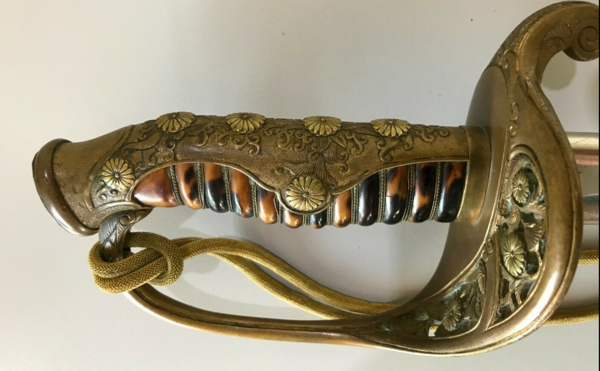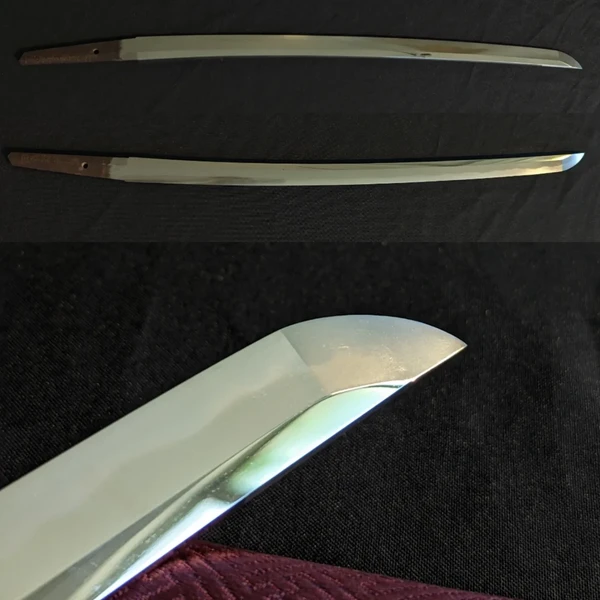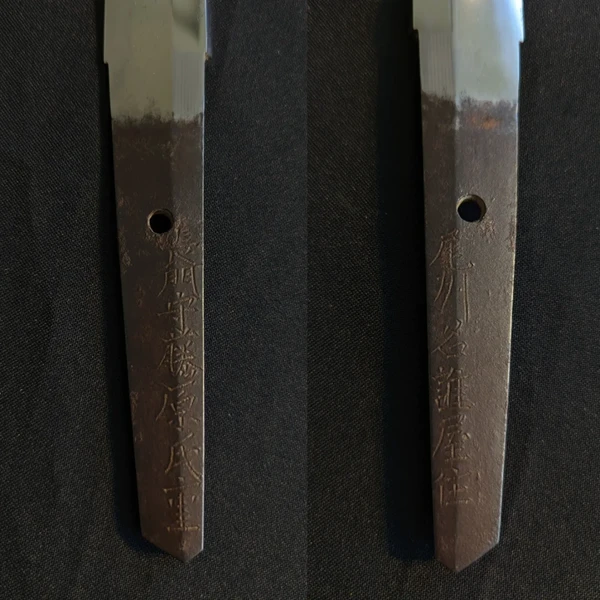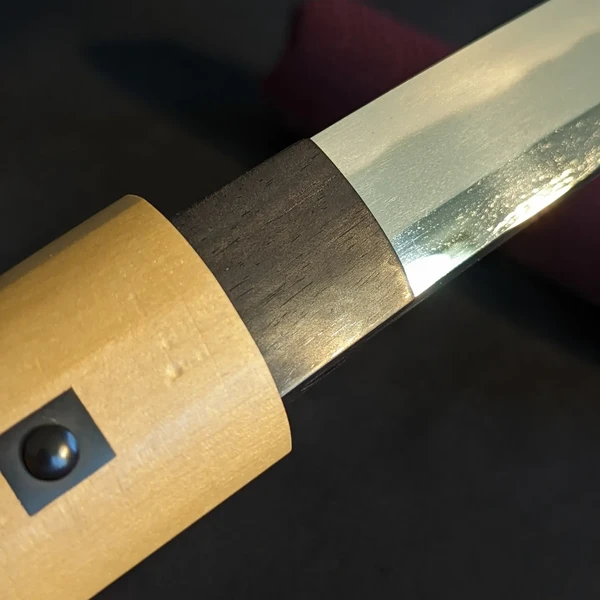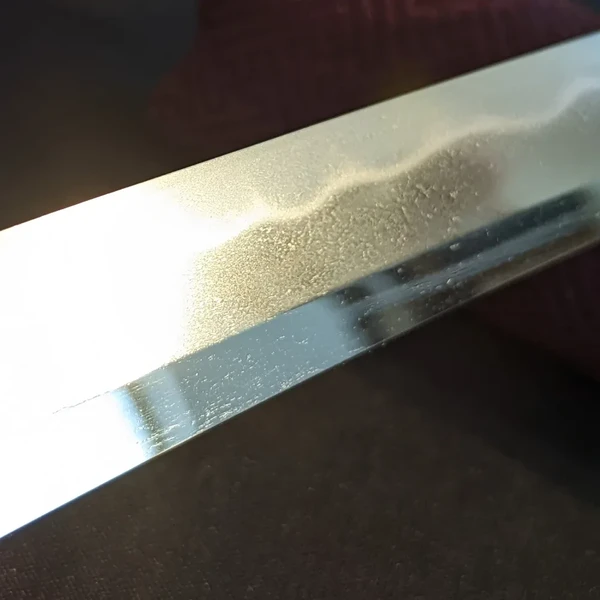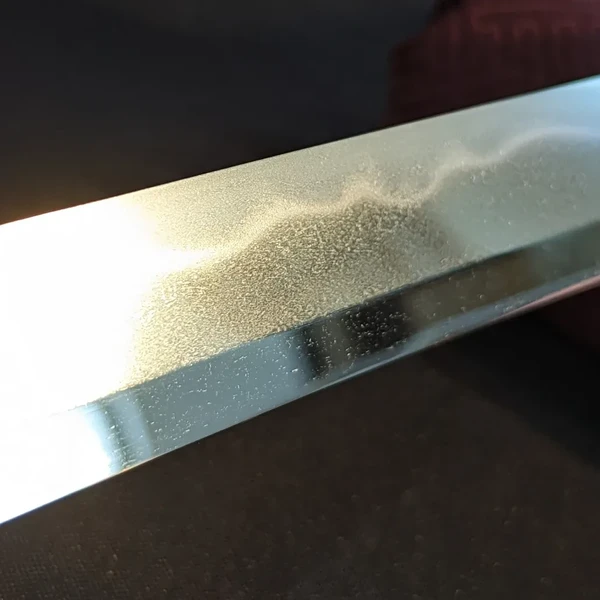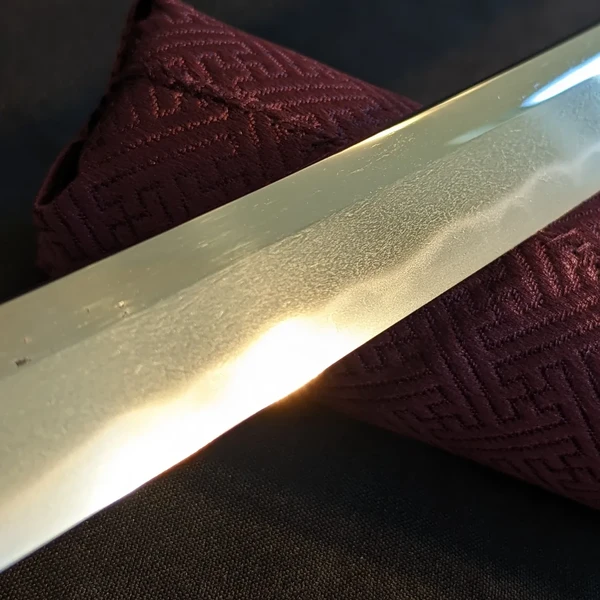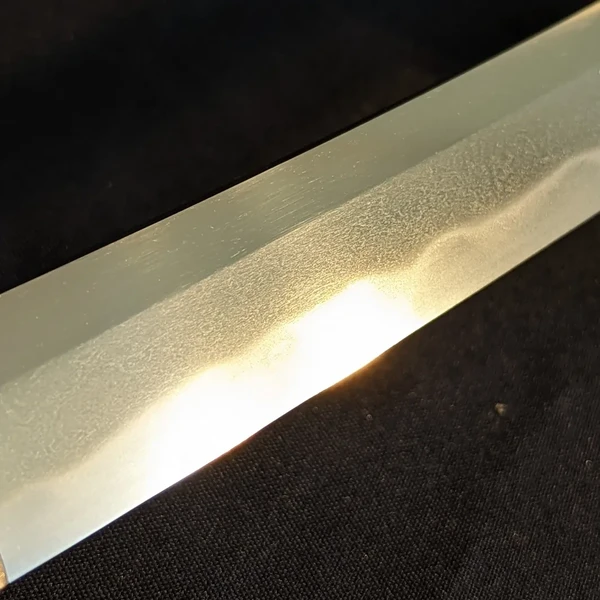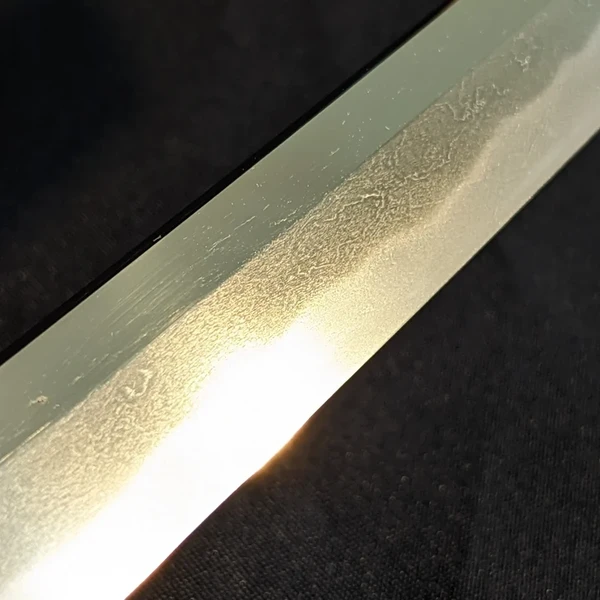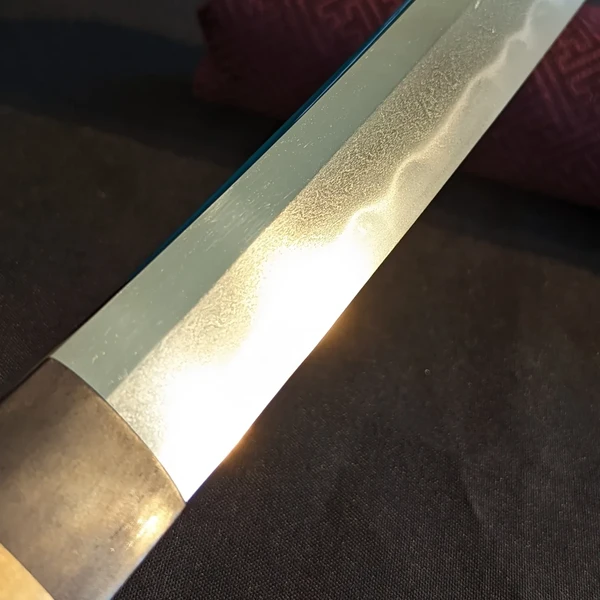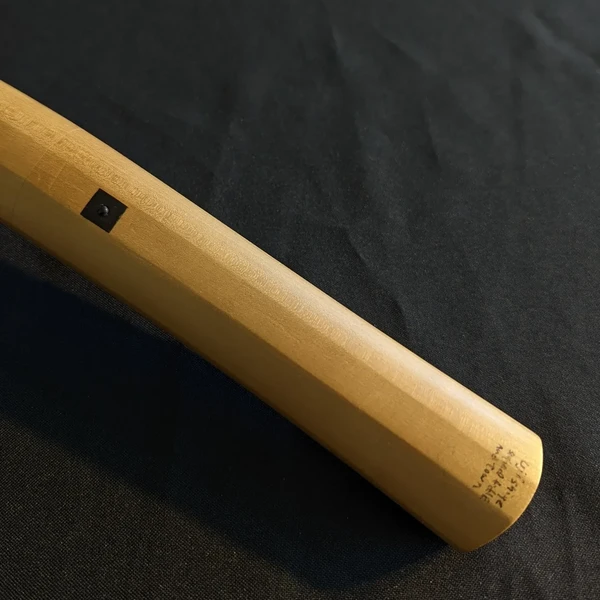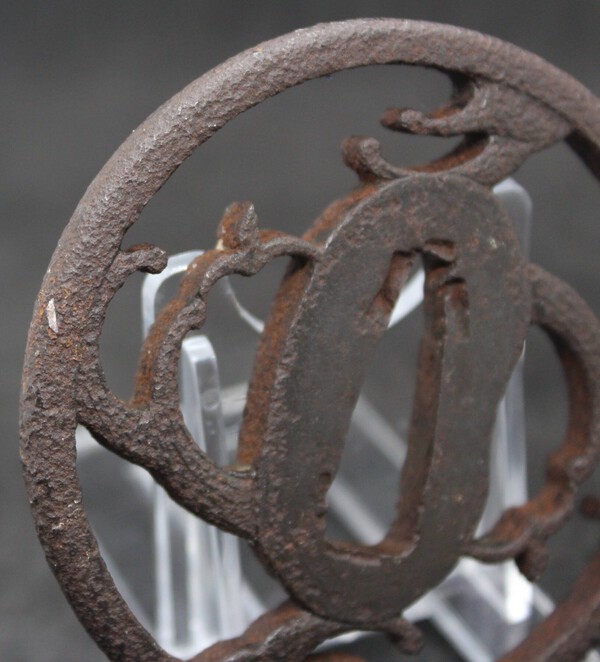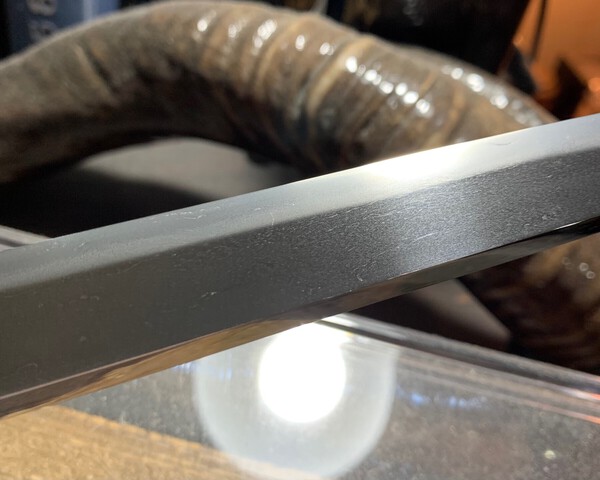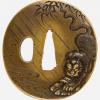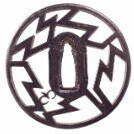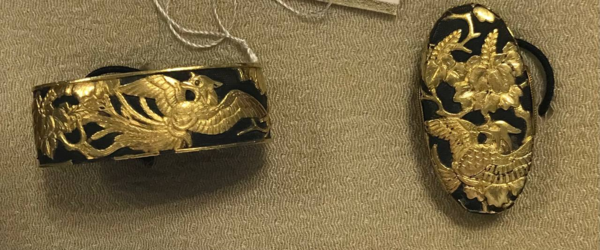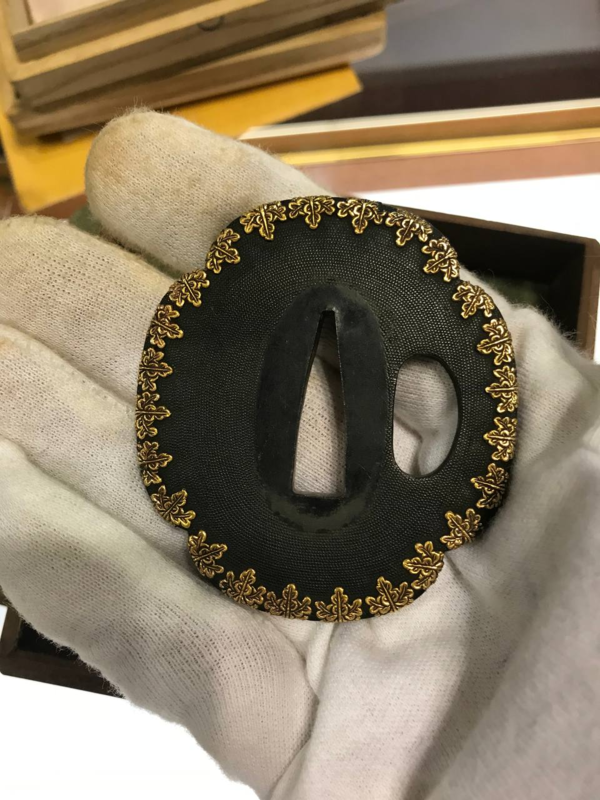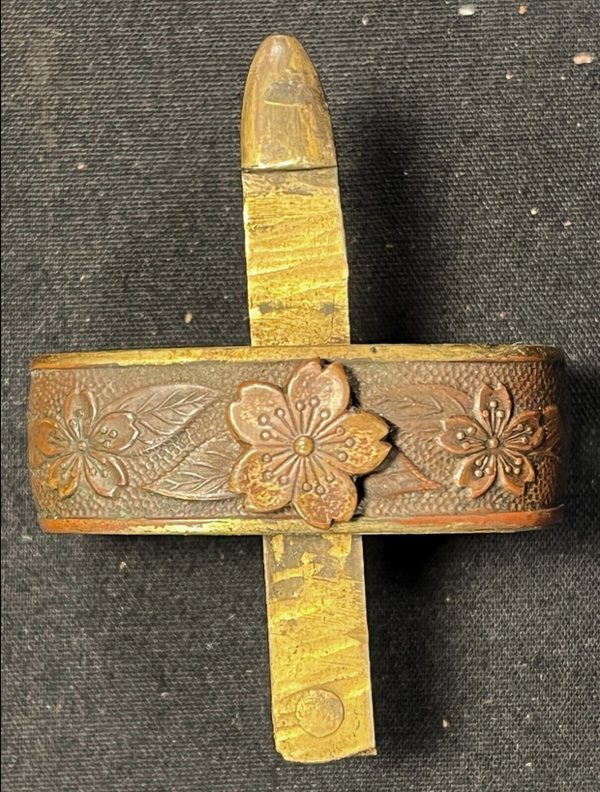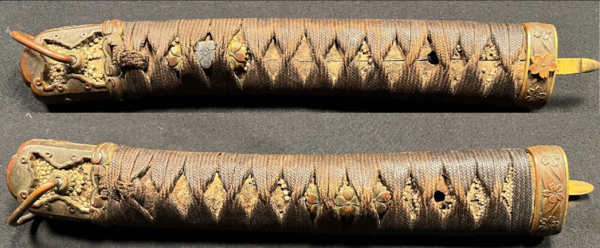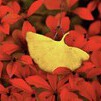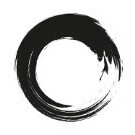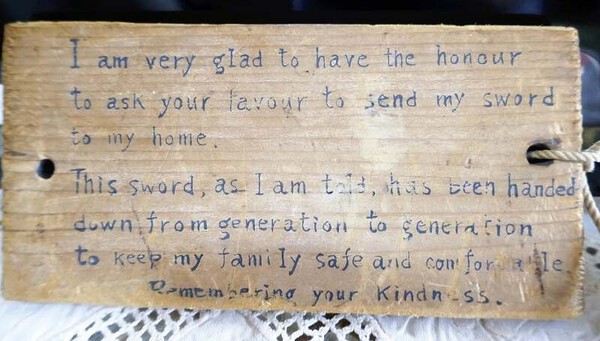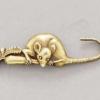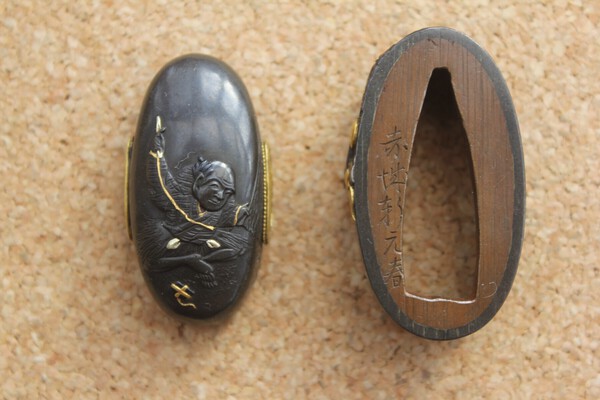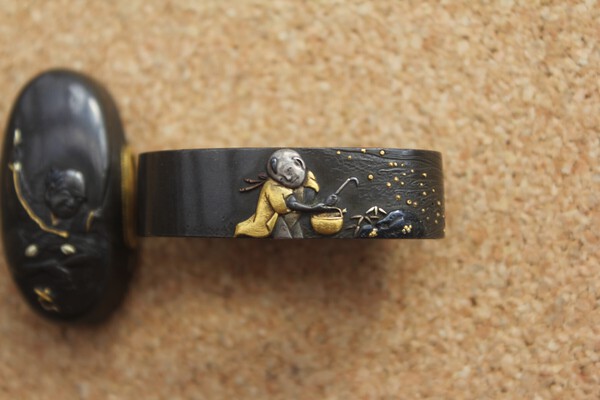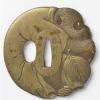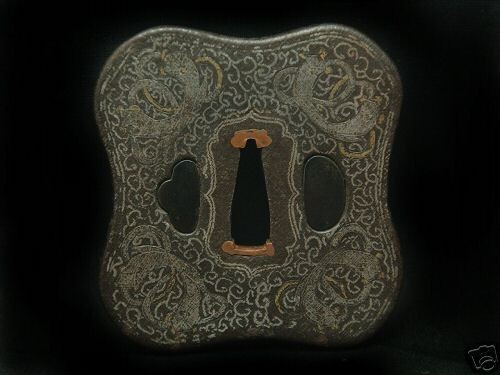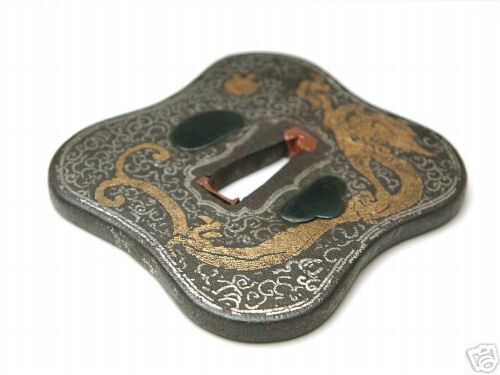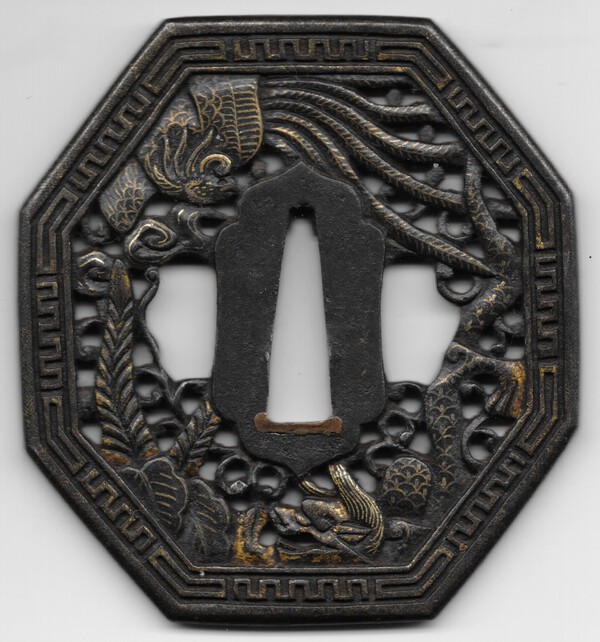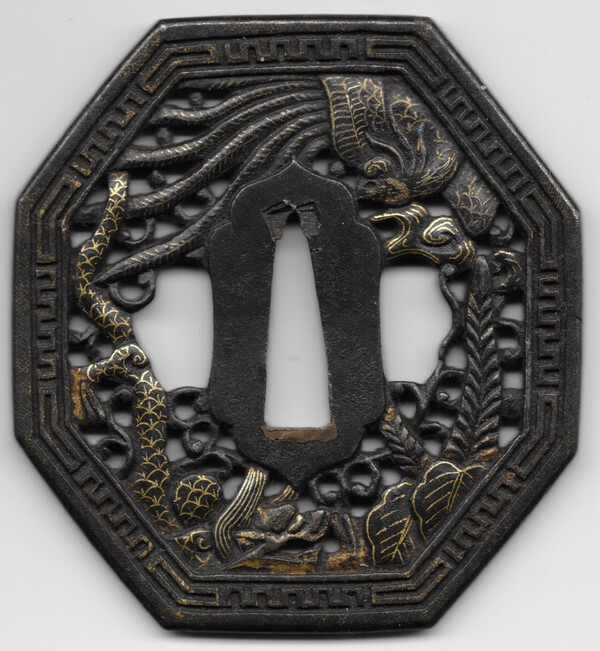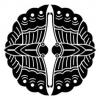Leaderboard
Popular Content
Showing content with the highest reputation on 07/11/2022 in all areas
-
The Royal Armouries has indeed two armours given to King James I (and VI) as well as one given Philip II of Spain in 1585. Interestingly, one of the former still retains a kamon in lacquer of the Takeda family ( it is too small to have been worn by Shingen so it probably belonged to Katsuyori) and the latter has the kamon of the Shimazu of Satsuma - a clear indication that they were captured booty and not specifically made for presentation. The remaining armour was assembled for the gift as it is very composite, being made up from different armours but lacquered and laced to match. Because the armourer making up the set did not know the heraldry of the recipient - i.e. a foreign monarch, he has applied dragons in gold lacquer on the places where kamon would normally be lacquered. The Armouries also has one of two magnificent naginata and about 10 (?) yari with raden covered shafts that formed part of a set sent as a gift to Queen Victoria. Interestingly most of the yari are 12 foot long, but four in the set are only 10 foot, no doubt those were carried next to the norimono. They all had big sausage shaped saya in gold lacquer but the Royal Armouries only has 2 of them. No doubt the rest, and the saya for the naginata are in Windsor Castle or some other palace. Other item included in the gift are in the Victoria and Albert Museum including a magnificent o-yoroi. I always like to imagine a lackey announcing to the Queen ' There is a shipment of Japanese arms and armour arrived at the back door your Majesty'. No doubt the replay was 'We are not amused'. Ian Bottomley5 points
-
Juan - The NTHK would not fail a sword based on a poor horimono (ato-bori, dremel work, bubba cut) - however this can be an indication of issues with the sword so the overall condition needs to be considered. If that is the only "flaw" then the sword has a good chance. If anyone is coming to the San Francisco Show and considering a shinsa submission, you can come see me personally and we are happy to check the condition of your blade ahead of time - if it is in the proper state for an examination we will tell you and if it obviously is not we will tell you and this will cost you nothing. -tch4 points
-
3 points
-
Shōwa begins on December 25th, 1926, on the day the Taishō Emperor died. It means Shōwa 1 is only 7 days long.2 points
-
2 points
-
I wish all swords had a Mon, they are just so interesting and add a personal touch to the swords.2 points
-
2 points
-
Spectacular Owari wakizashi by Ujshige. Really beautiful jigane, thickly covered with ji-nie with lots of chikei. Bright gonome hamon in ko-nie. Shinsa guarantee. Perfect polish in shirasaya with wood habaki. 長門守藤原氏重- Nagato (no) kami Fujiwara Ujishige $3,750 (plus shipping and PayPal) Best regards, Ray1 point
-
Hi, A recent purchase from a UK auction house, along with another tsuba which I may post later. Unfortunately it's a bit corroded except for the seppa dai but I liked the design of waves and Chidori and thought I would 'save' it (didn't pay a lot for both). As for school I'm not too sure, Kyo-Shoami possibly, any help here welcome, I'm sure I've seen this design before? You can still see some of the carving on the waves, in the right light. What's also interesting, as a result of the pitting is what I think is a tekkotsu that has been exposed on the mimi, at 9 o'clock on the second image below and about the same position in the third, is this correct? Dimensions: Height: 72.5mm Width: 72.5mm Mimi thk: 5.5mm Seppa dai thk: 5.95mm Nakago ana: 29mm x 9mm As the title of this thread says it's been loved by someone over the years given the number of tagane-ato on the front and back, indicating re-mounting several times. Many thanks for any insight, I'll keep working on the TLC!1 point
-
1 point
-
Colin, indeed a pleasing design! What you see as TEKKOTSU is probably something different. TEKKOTSU are small lumps of iron in an inhomogeneous TSUBA steel plate, so this could be something like a broken piece of a stainless blade that cut into the MIMI. Just guessing, more microscopic photos might reveal another cause.1 point
-
Yes I was a little bit surprised of the "non" response about this topic..;but I suppose it is a difficult subject? anyway I thank you very much Dan Tsuba and Matsunoki...for their proposals. I will thus investigate these 2 suggestions. Legend in Japanese art from Holy is effectively a very good book...unfortunately I sold it a few years ago...because I have the Ko ji Hoten. also interesting. and possibly more complete? ...but I did not find the 3 man (or woman?) in it... Again thank you for your research All the best Daniel1 point
-
This sword is still available. I still think this is a steal for a Tokubetsu Hozon blade in good polish.1 point
-
Hi Ali, there are a lot of good beginners books. I like two of Gary Murtha's books. "Tsuba" [2012] https://www.amazon.com.au/Tsuba-Japanese-Gary-D-Murtha-ebook/dp/B008DL2E7A & "Japanese Sword Guards - Art of War" [2015] https://uedata.amazon.com/Japanese-Sword-Guards-Art-Gary-Murtha/dp/1495115208 hard to find now. And for terminology "Handbook" by Markus Sesko. https://www.amazon.com.au/Handbook-Markus-Sesko/dp/3842364229 I put my own beginners guide out "Tsuba collecting for the Beginner" in 2015. https://www.amazon.com.au/Tsuba-Collecting-Beginner-D-Raisbeck/dp/1389385639 There is another author on NMB, Stephen J. King who has put out his own beginners book based on his own collection. https://www.ebay.com/itm/394045826480 You might be able to see if he has cheaper options. The links may not be the cheapest available but you should be able to find other sites from the descriptions and ISBN Numbers. You may get a few more titles to add to the list from members on NMB. Happy collecting it is a darn addictive hobby.1 point
-
1 point
-
1 point
-
1 point
-
1 point
-
Bob Benson is in Honolulu: he's probably a busy guy but he might be worth dropping a line to. https://www.bushidojapaneseswords.com/index.html1 point
-
Wow, This is a wonderful thread. Indeed, I had eye-balled the guard that Roger used to open the discussion. I passed because I couldn't decide where it was created- initially - but it clearly wears a history of use on the continent. And then Grev showed us that it is a "type". WOW! Thank you all! Peter1 point
-
@Ken-Hawaii might be worth getting in touch with1 point
-
I will add, if you can go to some shows, or join a club to see blades in hand, it is the best way to learn. Study enough to know WHAT you like and WHY.1 point
-
Dear Piers, I'm ecstatic that the calligraphy of the box seems to match this kogo! Your vase sounds worth a look too, any chance you can post a photo? Regarding the stamp on this incense case. The following is the references I have for the first generation Rokubei. I think it matches, though on this kogo the bottom of the hexagon seems to be not fully impressed.1 point
-
1 point
-
1 point
-
At long last, I tracked this down to an actual source via a Russian webpage. It is not coming from a book but rather a series of articles. I have been able to reconstruct the citation for part 2 of the article or series? Okōchi Tsunehira 大河内・常平. Teikoku Rikukaigun guntō monotagatari 帝国陸海軍軍刀物語 [The Story of Imperial Army and Navy Military Swords]. Part 2. Rei 麗 No. 192 (1981). Tōkyō 東京: Tōken Shibata 刀剣柴田. 6 Оокоти Цунэхира. Тэйкоку рикукайгун гунто моногатари 『帝国陸海軍軍刀物語』. Повествование об императорских армейских и морских военных мечах (Часть вторая). Ежемесячное издание "Восхищение". Токио: Токэн Сибата. 1981. № 192. С. 10 (на японском языке). Below is the link to the Russian webpage. The Russian article talks about the Iida scabbard lock and includes a picture of Iida Kunitaro. Японский армейский меч и затворное устройство Иида1 point
-
Pennington, Bruce. Stamps of the Japanese Sword. Version 8.6. 2022-03-13. 54 page monograph in PDF format. Can be downloaded via NMB. Stamps of the Japanese Sword1 point
-
Hi Daniel I am pretty certain the design represents three of the “7 lucky gods” often called the “gods of good fortune” The figure on the fuchi with the helmet is Bishamonten, the one next to him with the curly cap on is Eibisu and the chubby chap on the kashira is Daikokuten. They are quite a common theme especially in later “soft metal” fittings. Just put “Japanese 7 gods” into google……you’ll find out all about them….who they are and what their attributes are. All the best. Colin.1 point
-
Thanks all, I was only considering this one because it is priced lower than I usually find in this condition, and to find my first nihonto for under $1000 seemed too good to be true. Of course I am still learning and just wanted to check here to make sure I didn't miss anything that would indicate it is a fake or non-nihonto in some way. I appreciate most of the responses, thank you.1 point
-
Hello Daniel, nice meeting you on the forum- I noticed that your post has not been replied to. So, I have tried my best to figure something out. I hardly know anything about Japanese legends. But I recently bought a book titled “Legend in Japanese Art” by Henri L. Joly. So, after checking every picture in the book I found one that depicts what appears to be an old man and old woman. It is the Japanese fairly tale of “Momotaro”. It is evidently very well known in Japan, and it revolves around a young man (their son). Now on the pictures you posted I see what appears to be an old woman and an old man on one piece, and a younger man on the other piece (although there are some details on the pictures that are difficult to make out). Could this be part of the “Momotaro” fairy tale?? I don’t know, just thought maybe it is a possibility. With respect, Dan1 point
-
Remember patients is a virtue and the next sword will always be there. The more time you spend looking, the more you will learn.1 point
-
1 point
-
1 point
-
I think it’s worth posting yet another Darcy article https://web.archive.org/web/20201201120419/https://blog.yuhindo.com/the-humble-wakizashi/ A mumei wakizashi is going to have limited resale value, and eBay will often overprice (because the huge fees sellers are charged), so make sure you don’t pay too much. That said I found study pieces helpful, I had many books but without looking at real examples it was hard to get what was chikei and was was a scratch. If you can get something in decent polish and it’s well priced and it helps you, good. Just keep in mind a lot of study piece swords won’t resell for a lot. As for this sword, I don’t see any serious kizu, the area you circled looks like rust and hadori having come off. If I were you I would make sure I don’t over pay and I would check for flaws. In all honesty the sellers here including dealers are much safer to buy from and most give much better deals. I’ve pretty much quit eBay and done my buying here.1 point
-
If someone wants to geek-out this is interesting https://www.sciencedirect.com/science/article/abs/pii/S0925838812016283?via%3Dihub1 point
-
1 point
-
Dear Eric. A couple of thoughts for you. First, to answer your question, Older papers are generally discounted these days. The bigger the name of the swordsmith the less value they have. (I note that swords for sale on Aoi Art sometimes have both old and new papers side by side affirming the same judgement but thats by the by). Certainly no one is going to accept them on a Yasutsugu coming out of Japan, or indeed anywhere. I understand your feelings about your sword. As a very new collector and well before the internet was even a thing, I bought a nice kaigunto with a wakizashi signed Kunihiro. Even then I knew not to get too excited. I still have the sword and still enjoy it for what it is. By the way, in your research did you come across this? http://www.sho-shin.com/edo-shimosaka.html If not then you might find it usefull. All the best.1 point
-
1 point
-
1 point
-
Option one: airmail (EMS) to the US, someone picking it up in the US and shipping any service to Germany. Option two: UPS. Requires special contract, but there is a considerable number of exporters in Japan who have those. I had issues with UPS.1 point
-
1 point
-
It’s a lovely tsuba, isn’t it, Jesse? The artist’s name is read as ‘Jochiku’ [如竹] (of the Murakami school). The surface texture, termed ‘chirimen ishime’ [縮緬石目], is a kantei point for the Murakami school, as are insect motifs (especially butterflies and dragonflies), so the work is spot on for the school. The craftsmanship itself also appears to be done to a very high standard, and it has previously been published, so I’m sure it would have no problem papering again. The seller seems to be fairly new to Yahoo, but they have been listing some big names and high-end items (some papered, some not). It would be interesting to know if they are an old collectors or a new dealer. I’d also be keen to see those fk sometime, Curran.1 point
-
Yes. The Army reg called them "Hiejo Factory of Jinsen Army Arsenal", thanks to Thomas, @Kiipu, page 18 of Stamps of the Japanese Sword.1 point
-
Agree with Grey. An early blade, likely a few hundred years old. Get some oil on it, and wipe lightly. Keep doing that until no more rust comes off. Use NOTHING abrasive.1 point




